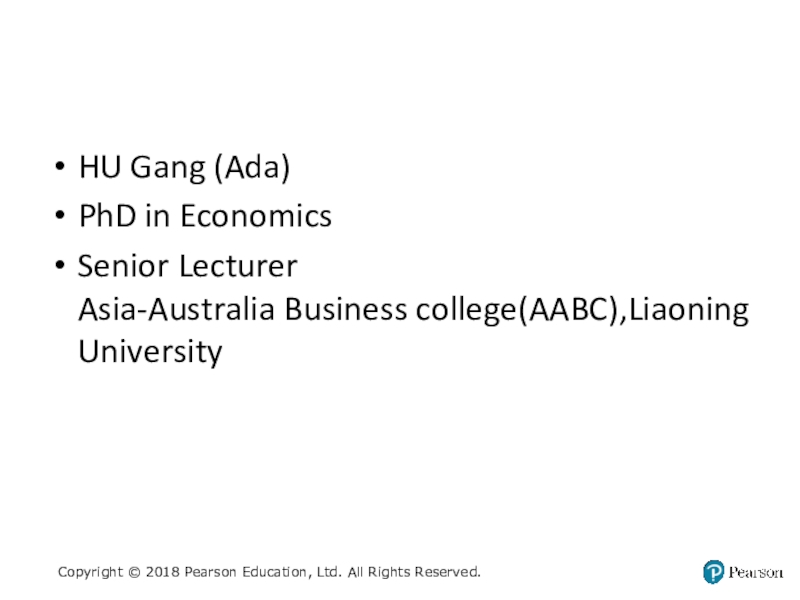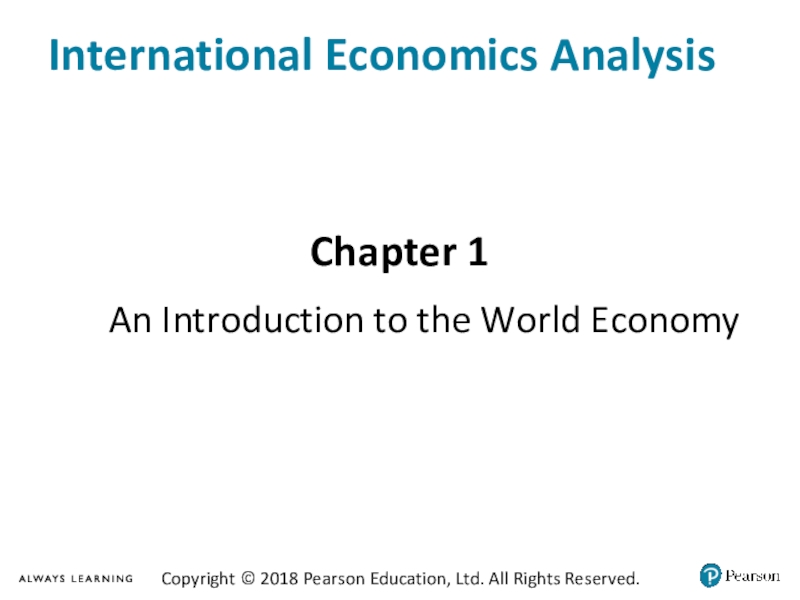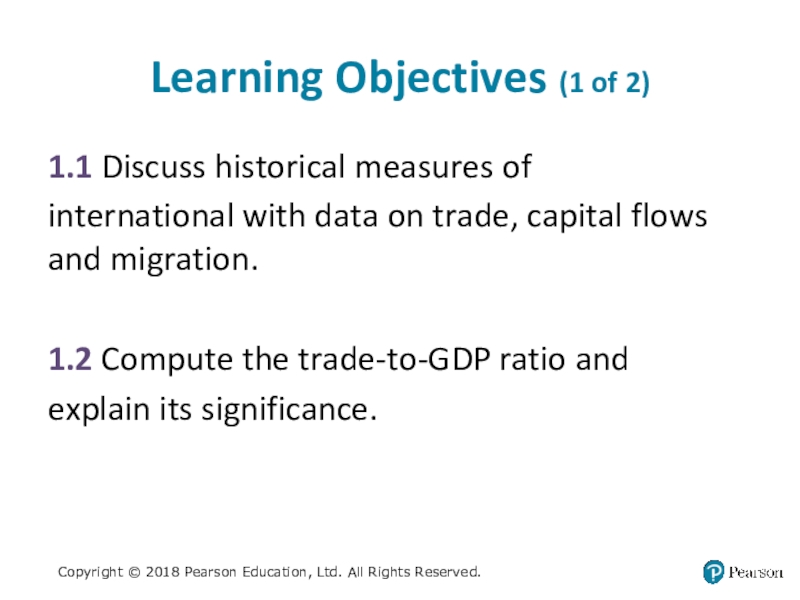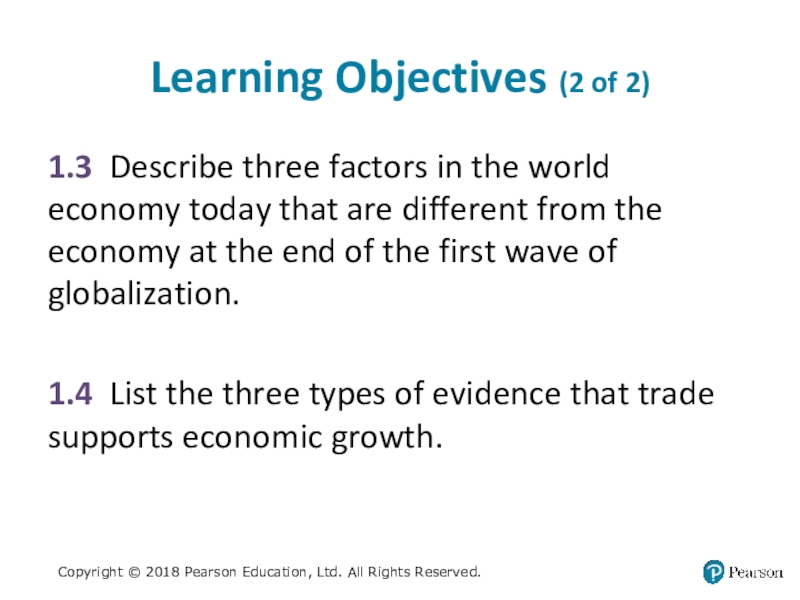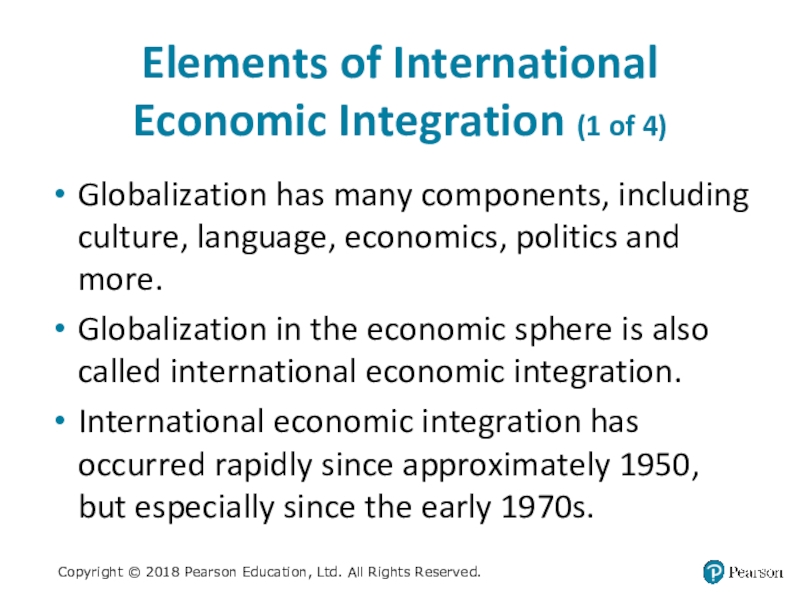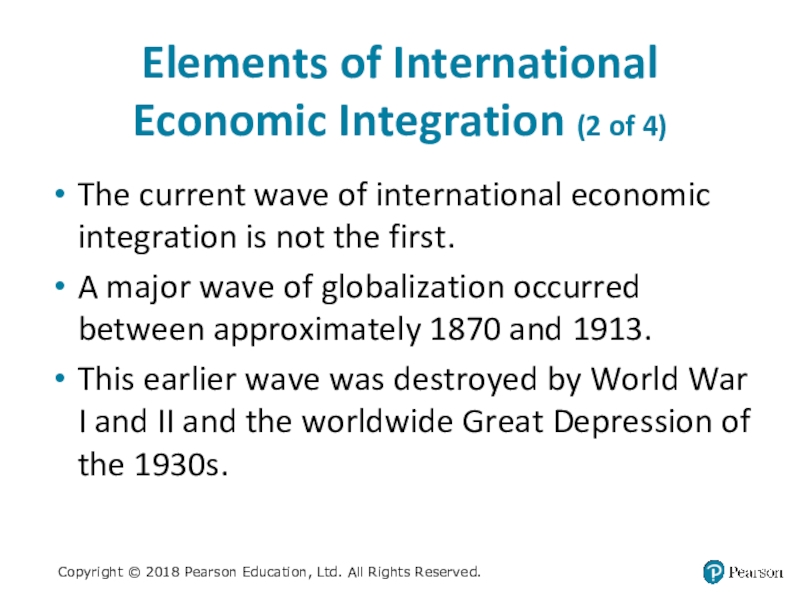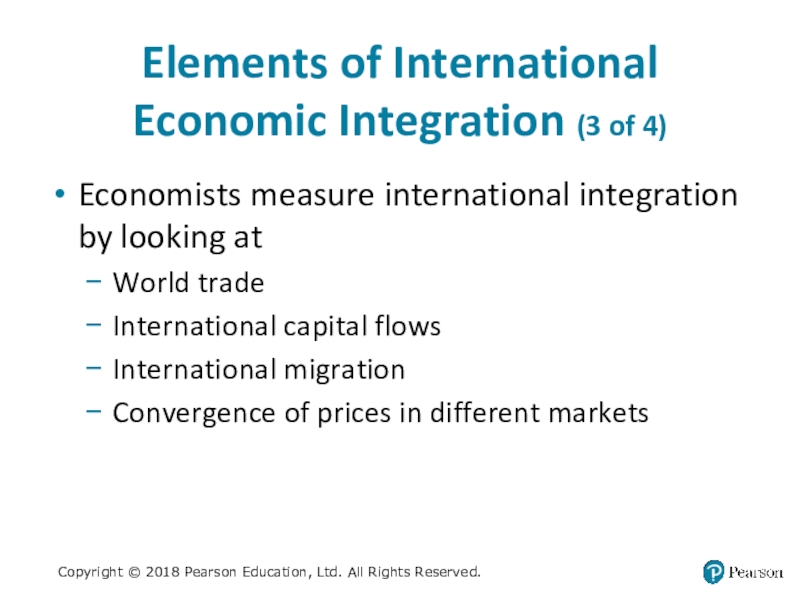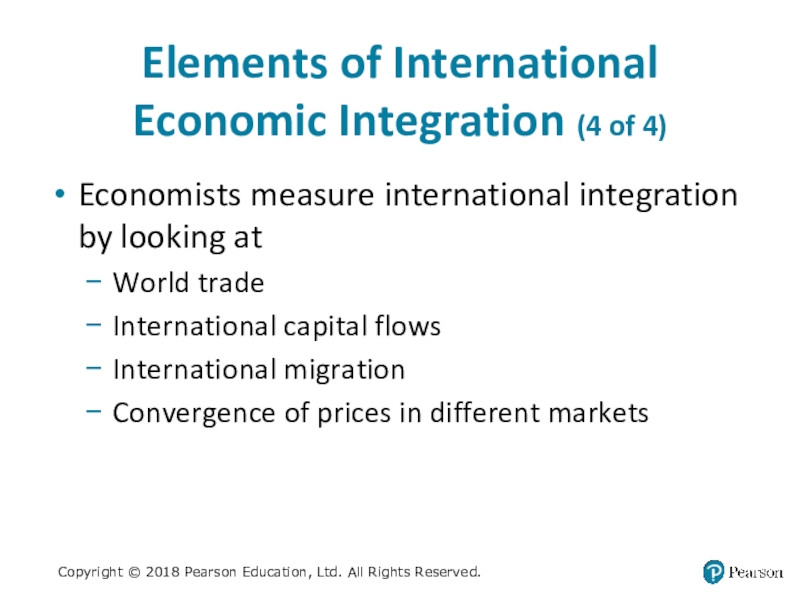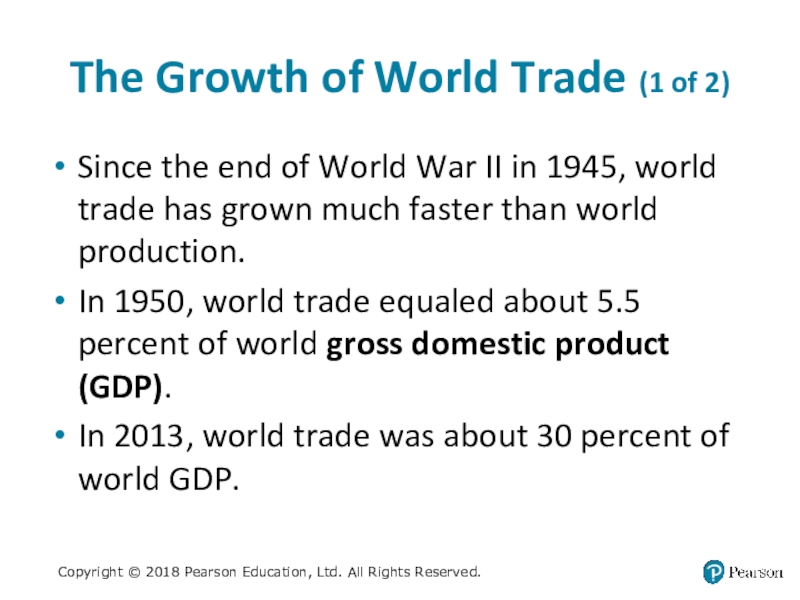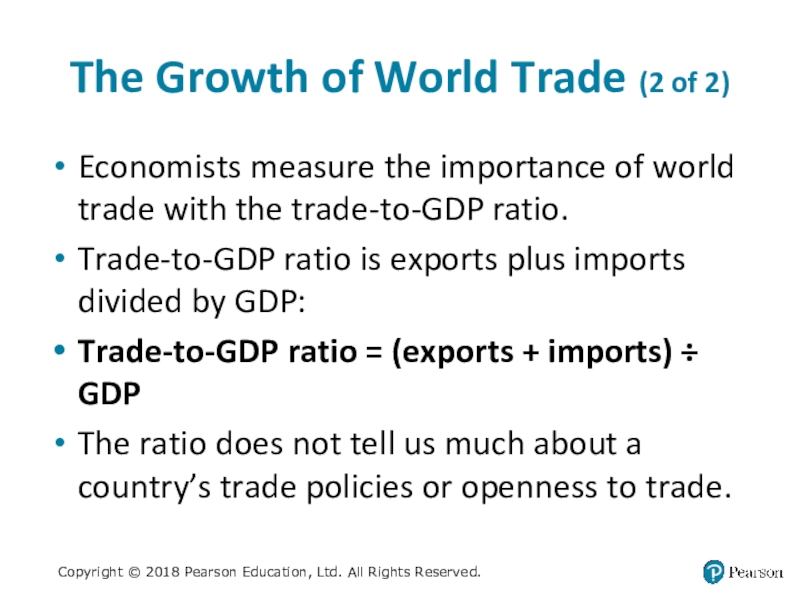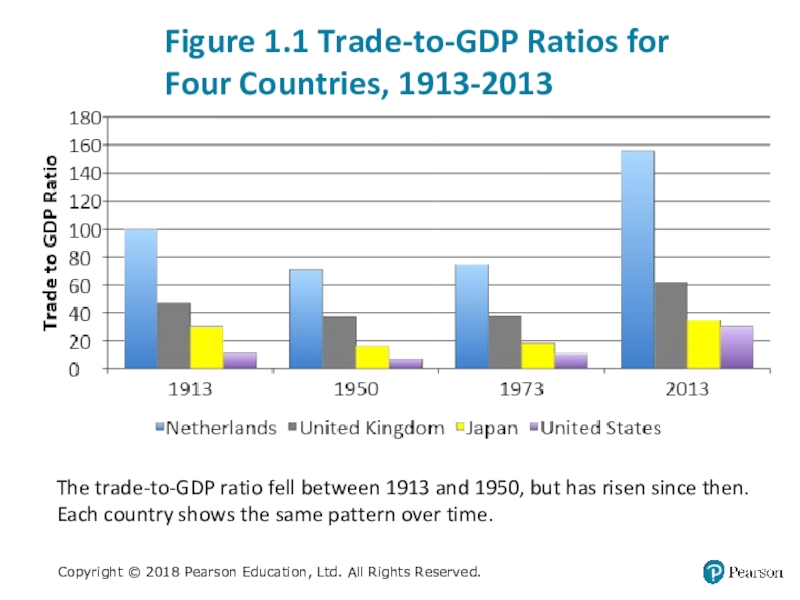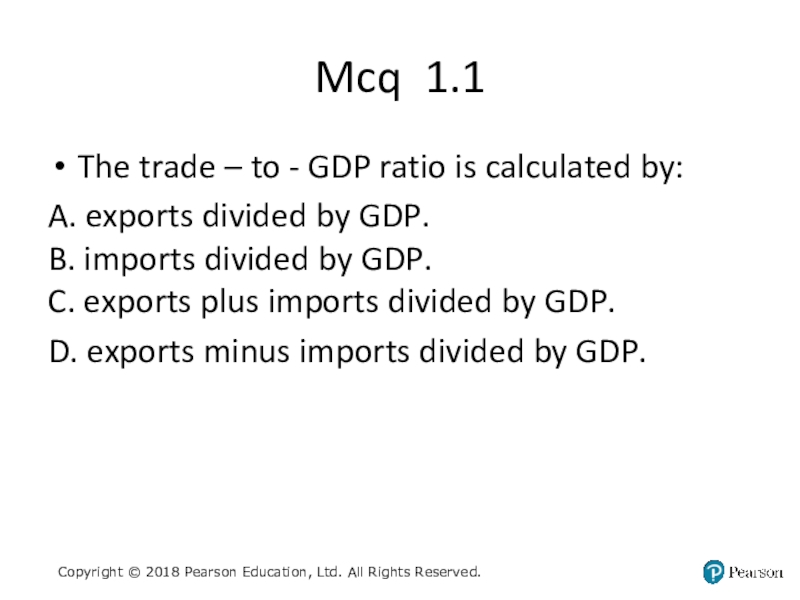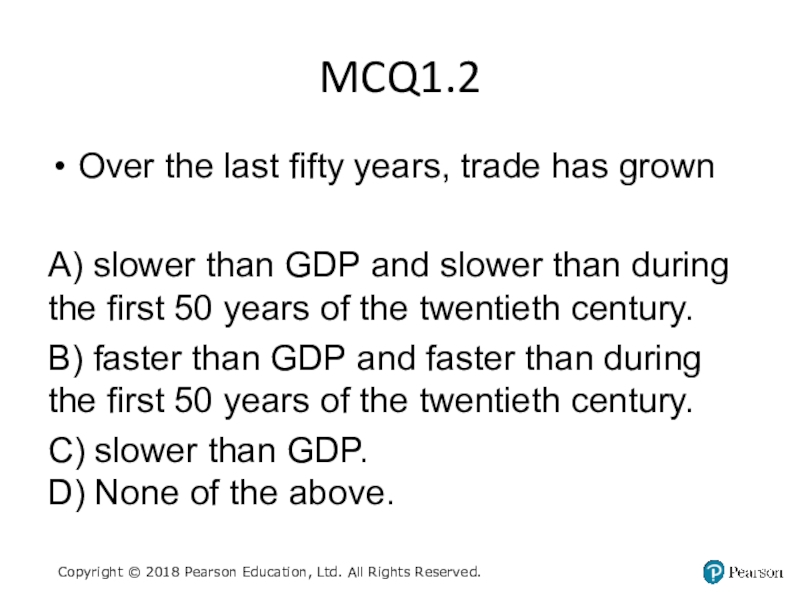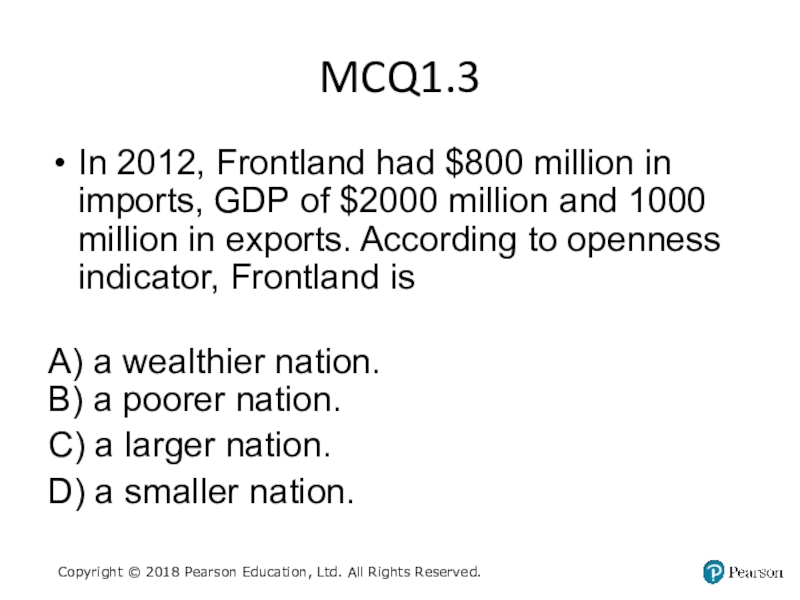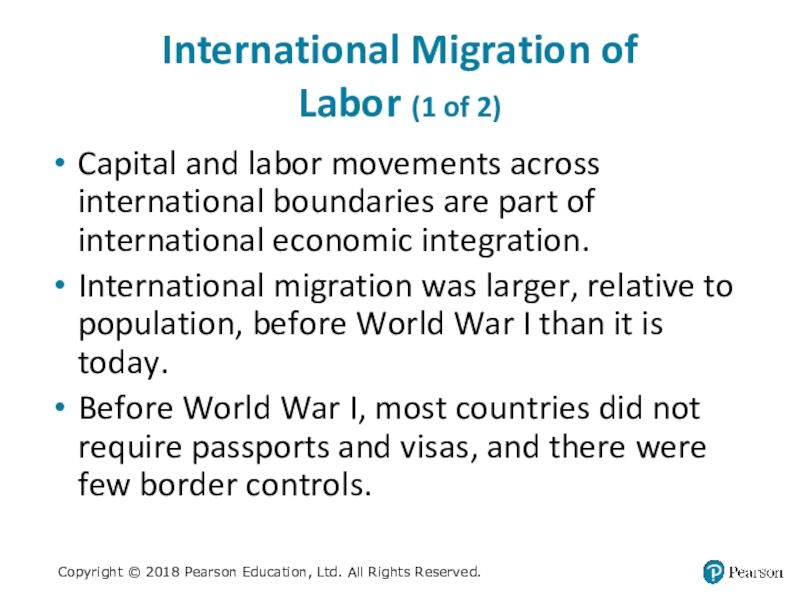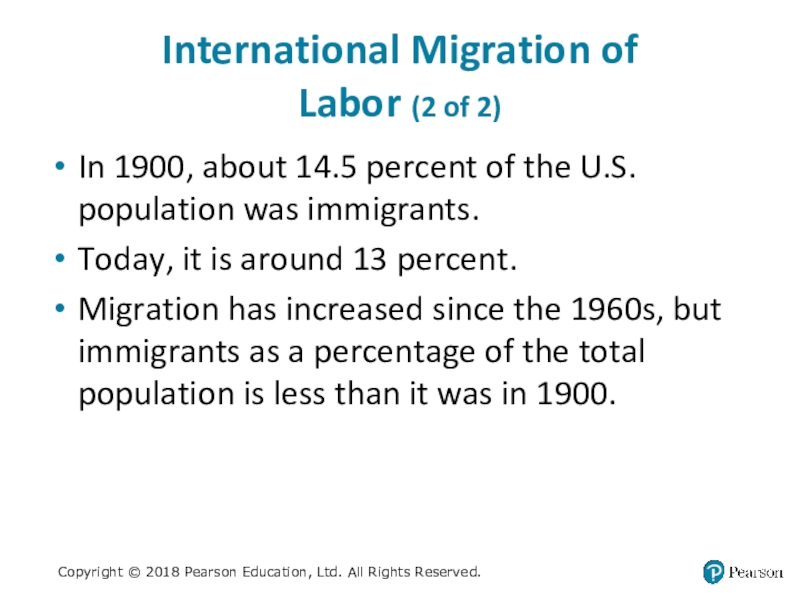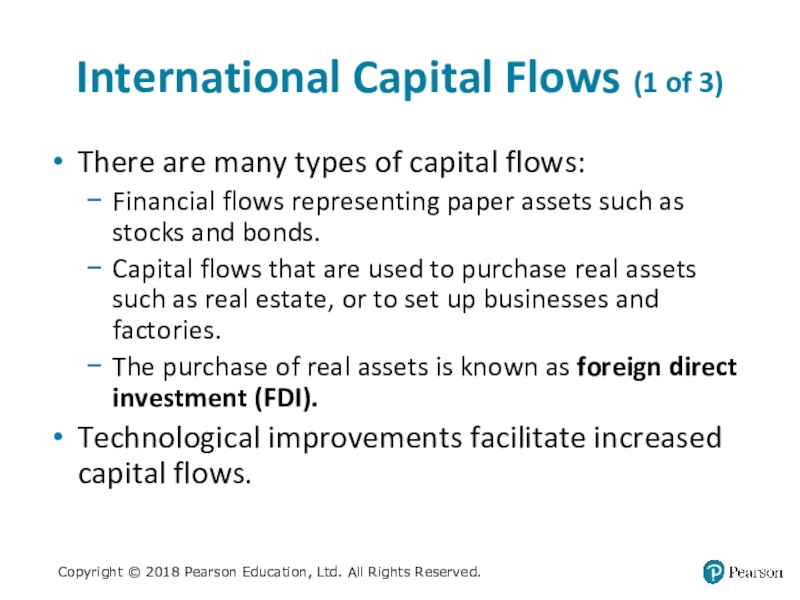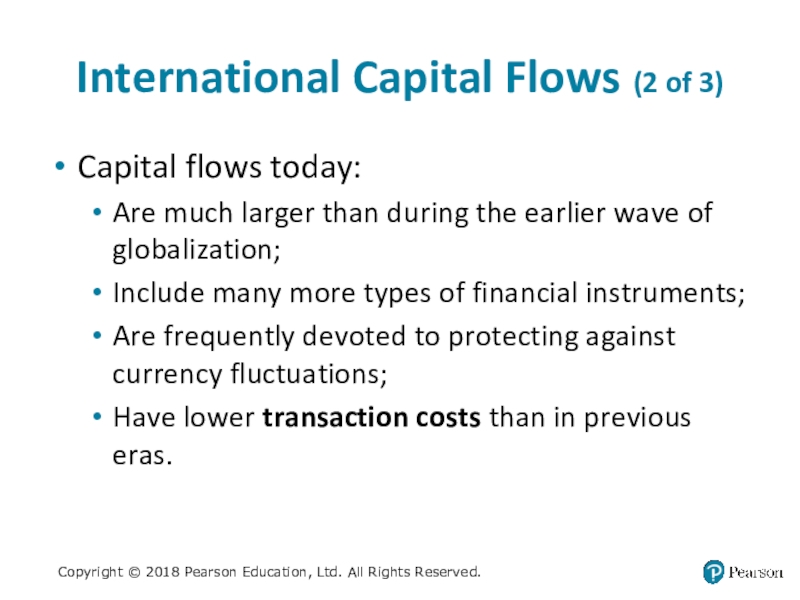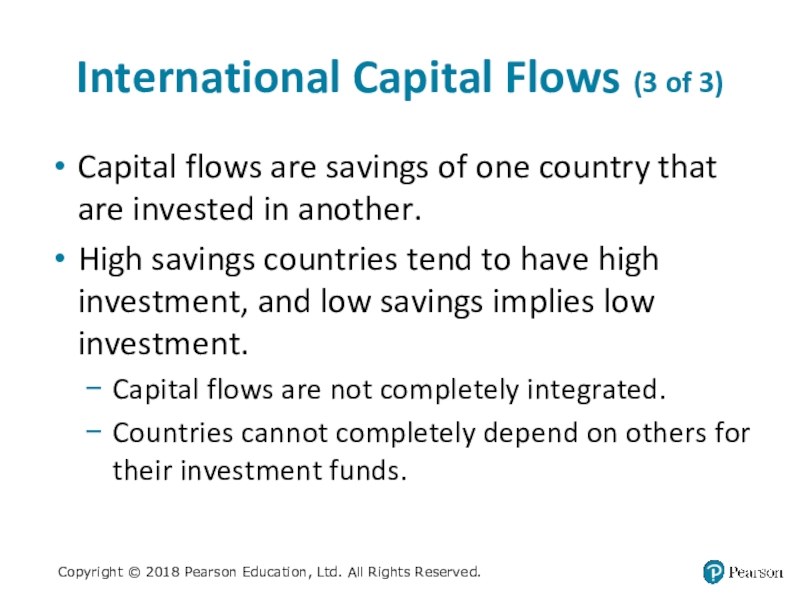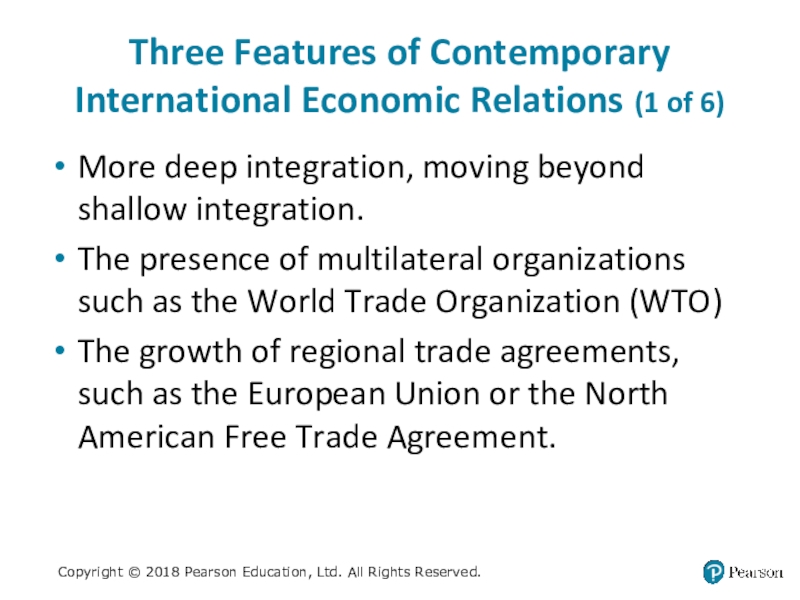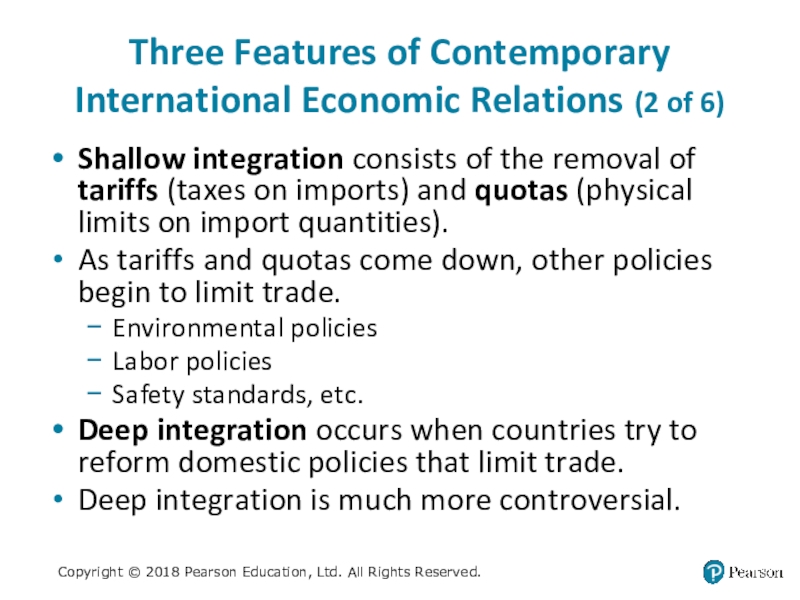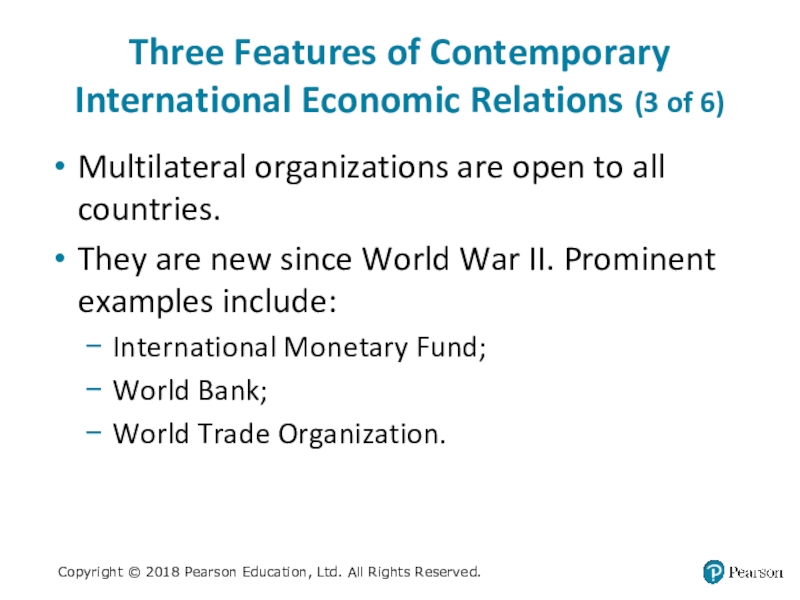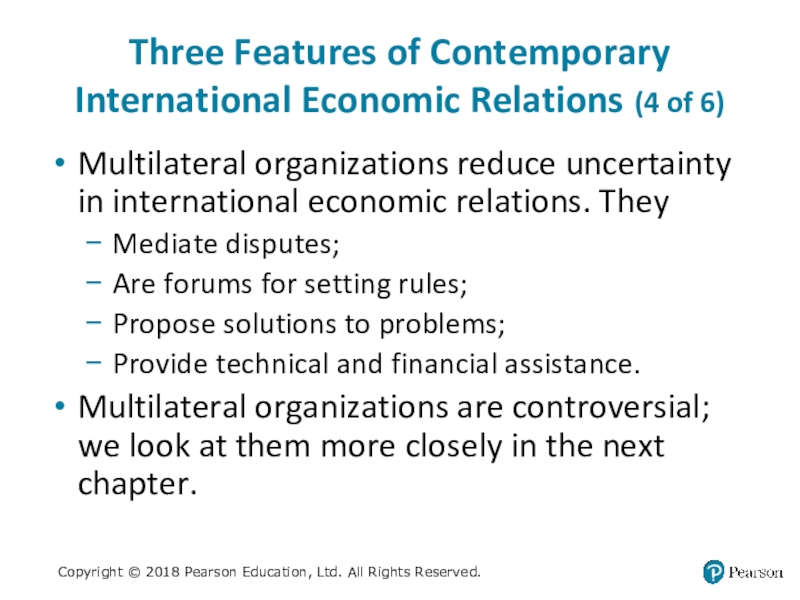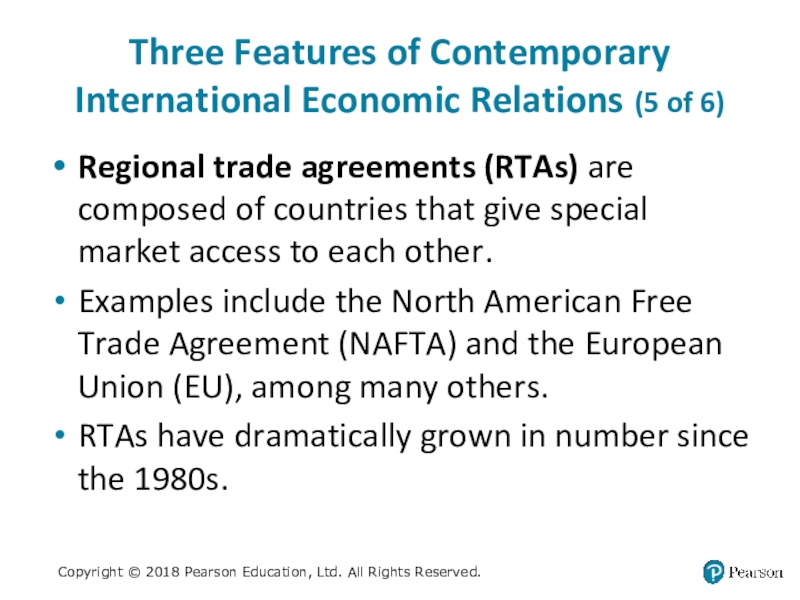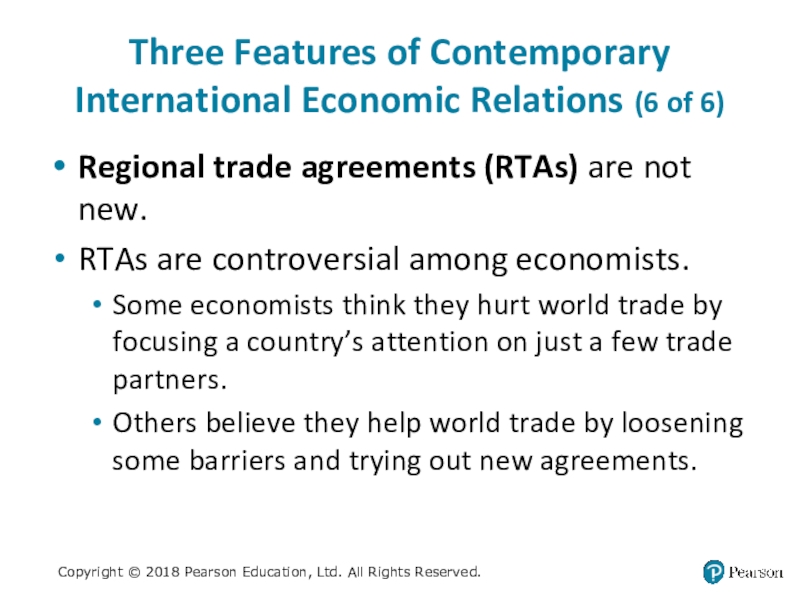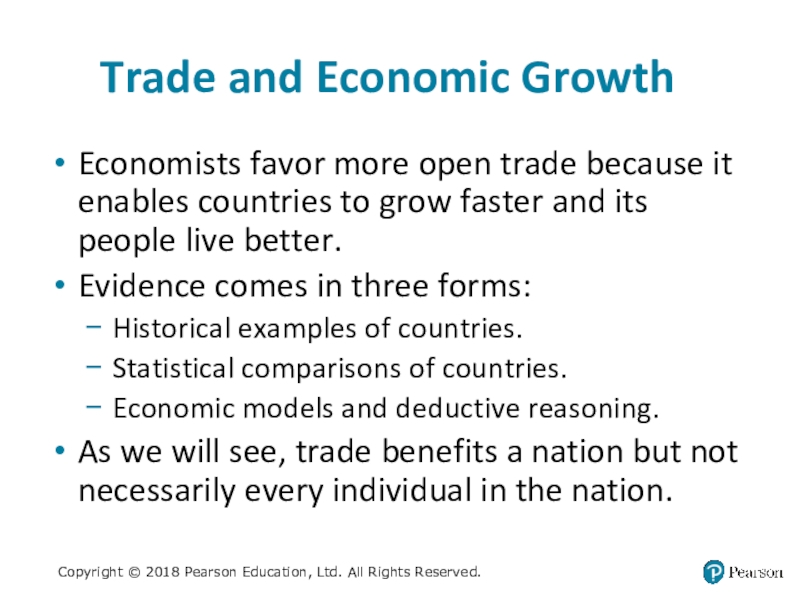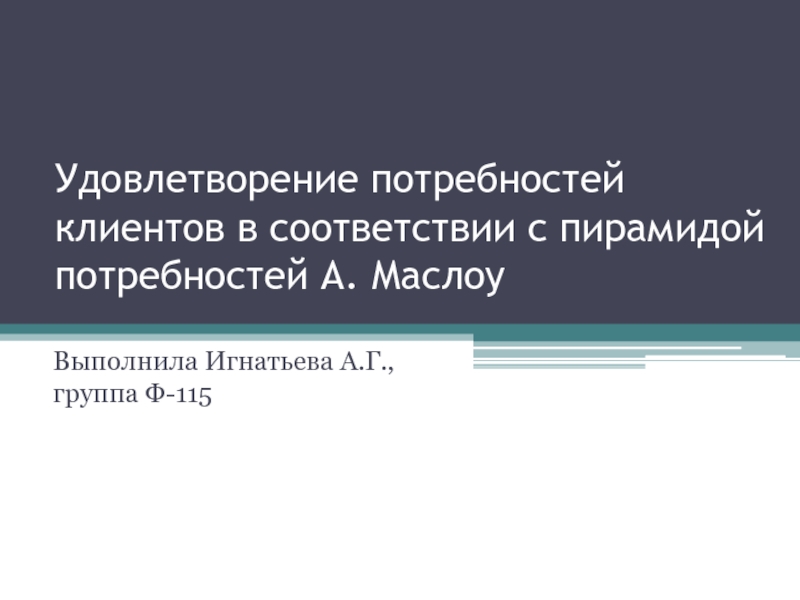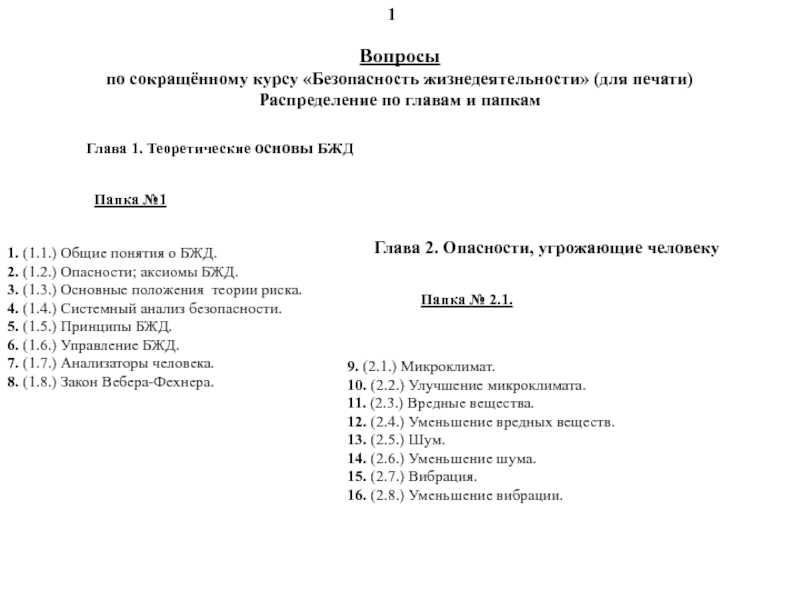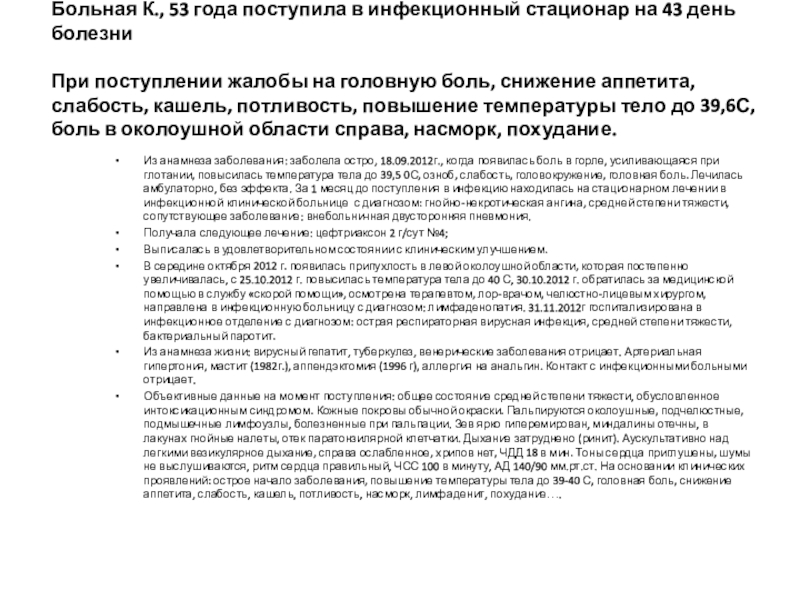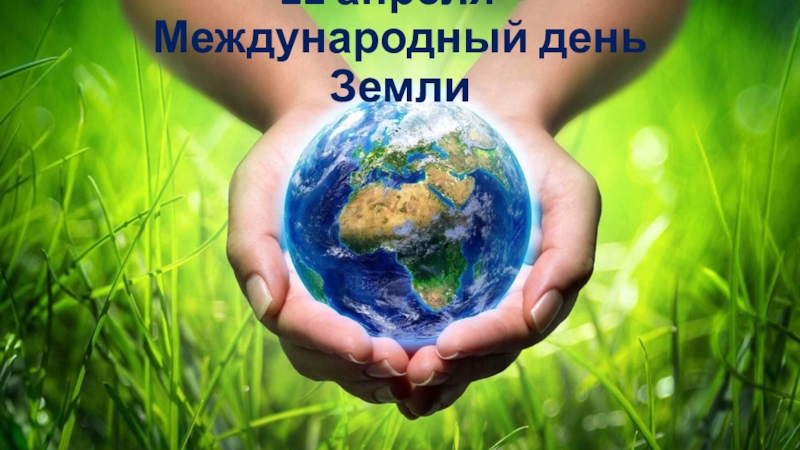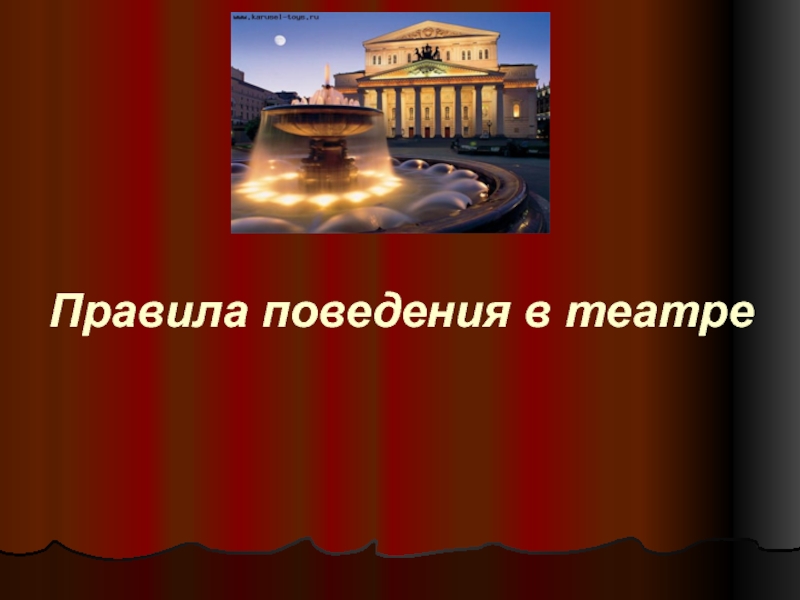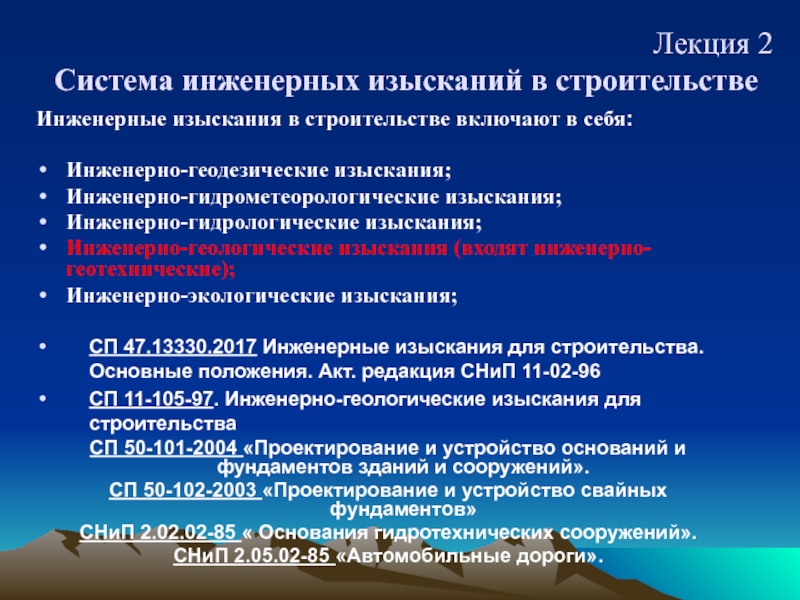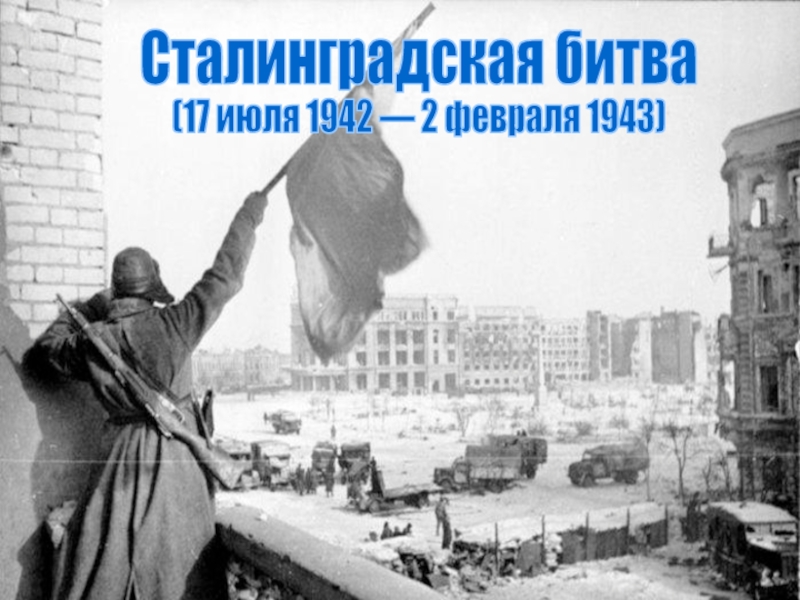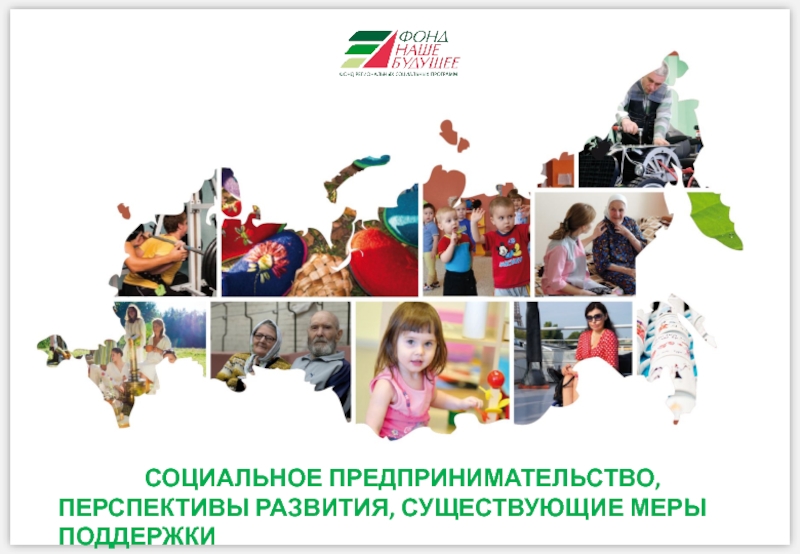Разделы презентаций
- Разное
- Английский язык
- Астрономия
- Алгебра
- Биология
- География
- Геометрия
- Детские презентации
- Информатика
- История
- Литература
- Математика
- Медицина
- Менеджмент
- Музыка
- МХК
- Немецкий язык
- ОБЖ
- Обществознание
- Окружающий мир
- Педагогика
- Русский язык
- Технология
- Физика
- Философия
- Химия
- Шаблоны, картинки для презентаций
- Экология
- Экономика
- Юриспруденция
HU Gang (Ada) PhD in Economics Senior Lecturer Asia-Australia Business
Содержание
- 1. HU Gang (Ada) PhD in Economics Senior Lecturer Asia-Australia Business
- 2. International Economics Analysis Chapter 1An Introduction to
- 3. Learning Objectives (1 of 2)1.1 Discuss historical
- 4. Learning Objectives (2 of 2)1.3 Describe three
- 5. Elements of International Economic Integration (1 of
- 6. Elements of International Economic Integration (2 of
- 7. Elements of International Economic Integration (3 of
- 8. Elements of International Economic Integration (4 of
- 9. The Growth of World Trade (1 of
- 10. The Growth of World Trade (2 of
- 11. Figure 1.1 Trade-to-GDP Ratios for Four Countries,
- 12. Mcq 1.1The trade – to - GDP
- 13. MCQ1.2Over the last fifty years, trade has
- 14. MCQ1.3In 2012, Frontland had $800 million in
- 15. International Migration of Labor (1 of
- 16. International Migration of Labor (2 of
- 17. International Capital Flows (1 of 3)There are
- 18. International Capital Flows (2 of 3)Capital flows
- 19. International Capital Flows (3 of 3)Capital flows
- 20. Three Features of Contemporary International Economic Relations
- 21. Three Features of Contemporary International Economic Relations
- 22. Three Features of Contemporary International Economic Relations
- 23. Three Features of Contemporary International Economic Relations
- 24. Three Features of Contemporary International Economic Relations
- 25. Three Features of Contemporary International Economic Relations
- 26. Trade and Economic Growth Economists favor more open
- 27. Скачать презентанцию
International Economics Analysis Chapter 1An Introduction to the World EconomyCopyright © 2018 Pearson Education, Ltd. All Rights Reserved.
Слайды и текст этой презентации
Слайд 1HU Gang (Ada)
PhD in Economics
Senior Lecturer
Asia-Australia Business college(AABC),Liaoning University
Слайд 2International Economics Analysis
Chapter 1
An Introduction to the World Economy
Copyright
© 2018 Pearson Education, Ltd. All Rights Reserved.
Слайд 3Learning Objectives (1 of 2)
1.1 Discuss historical measures of
international with
data on trade, capital flows and migration.
1.2 Compute the trade-to-GDP
ratio and explain its significance.
Слайд 4Learning Objectives (2 of 2)
1.3 Describe three factors in the
world economy today that are different from the economy at
the end of the first wave of globalization.1.4 List the three types of evidence that trade supports economic growth.
Слайд 5Elements of International Economic Integration (1 of 4)
Globalization has many
components, including culture, language, economics, politics and more.
Globalization in the
economic sphere is also called international economic integration.International economic integration has occurred rapidly since approximately 1950, but especially since the early 1970s.
Слайд 6Elements of International Economic Integration (2 of 4)
The current wave
of international economic integration is not the first.
A major wave
of globalization occurred between approximately 1870 and 1913.This earlier wave was destroyed by World War I and II and the worldwide Great Depression of the 1930s.
Слайд 7Elements of International Economic Integration (3 of 4)
Economists measure international
integration by looking at
World trade
International capital flows
International migration
Convergence of
prices in different marketsСлайд 8Elements of International Economic Integration (4 of 4)
Economists measure international
integration by looking at
World trade
International capital flows
International migration
Convergence of
prices in different marketsСлайд 9The Growth of World Trade (1 of 2)
Since the end
of World War II in 1945, world trade has grown
much faster than world production.In 1950, world trade equaled about 5.5 percent of world gross domestic product (GDP).
In 2013, world trade was about 30 percent of world GDP.
Слайд 10The Growth of World Trade (2 of 2)
Economists measure the
importance of world trade with the trade-to-GDP ratio.
Trade-to-GDP ratio is
exports plus imports divided by GDP:Trade-to-GDP ratio = (exports + imports) ÷ GDP
The ratio does not tell us much about a country’s trade policies or openness to trade.
Слайд 11Figure 1.1 Trade-to-GDP Ratios for Four Countries, 1913-2013
The trade-to-GDP ratio
fell between 1913 and 1950, but has risen since then.
Each country shows the same pattern over time.Слайд 12Mcq 1.1
The trade – to - GDP ratio is calculated
by:
A. exports divided by GDP.
B. imports divided by GDP.
C.
exports plus imports divided by GDP. D. exports minus imports divided by GDP.
Слайд 13MCQ1.2
Over the last fifty years, trade has grown
A) slower than
GDP and slower than during the first 50 years of
the twentieth century.B) faster than GDP and faster than during the first 50 years of the twentieth century.
C) slower than GDP. D) None of the above.
Слайд 14MCQ1.3
In 2012, Frontland had $800 million in imports, GDP of
$2000 million and 1000 million in exports. According to openness
indicator, Frontland isA) a wealthier nation. B) a poorer nation.
C) a larger nation.
D) a smaller nation.
Слайд 15International Migration of
Labor (1 of 2)
Capital and labor movements
across international boundaries are part of international economic integration.
International migration
was larger, relative to population, before World War I than it is today.Before World War I, most countries did not require passports and visas, and there were few border controls.
Слайд 16International Migration of
Labor (2 of 2)
In 1900, about 14.5
percent of the U.S. population was immigrants.
Today, it is around
13 percent.Migration has increased since the 1960s, but immigrants as a percentage of the total population is less than it was in 1900.
Слайд 17International Capital Flows (1 of 3)
There are many types of
capital flows:
Financial flows representing paper assets such as stocks and
bonds.Capital flows that are used to purchase real assets such as real estate, or to set up businesses and factories.
The purchase of real assets is known as foreign direct investment (FDI).
Technological improvements facilitate increased capital flows.
Слайд 18International Capital Flows (2 of 3)
Capital flows today:
Are much
larger than during the earlier wave of globalization;
Include many more
types of financial instruments;Are frequently devoted to protecting against currency fluctuations;
Have lower transaction costs than in previous eras.
Слайд 19International Capital Flows (3 of 3)
Capital flows are savings of
one country that are invested in another.
High savings countries tend
to have high investment, and low savings implies low investment.Capital flows are not completely integrated.
Countries cannot completely depend on others for their investment funds.
Слайд 20Three Features of Contemporary International Economic Relations (1 of 6)
More
deep integration, moving beyond shallow integration.
The presence of multilateral organizations
such as the World Trade Organization (WTO)The growth of regional trade agreements, such as the European Union or the North American Free Trade Agreement.
Слайд 21Three Features of Contemporary International Economic Relations (2 of 6)
Shallow
integration consists of the removal of tariffs (taxes on imports)
and quotas (physical limits on import quantities).As tariffs and quotas come down, other policies begin to limit trade.
Environmental policies
Labor policies
Safety standards, etc.
Deep integration occurs when countries try to reform domestic policies that limit trade.
Deep integration is much more controversial.
Слайд 22Three Features of Contemporary International Economic Relations (3 of 6)
Multilateral
organizations are open to all countries.
They are new since World
War II. Prominent examples include:International Monetary Fund;
World Bank;
World Trade Organization.
Слайд 23Three Features of Contemporary International Economic Relations (4 of 6)
Multilateral
organizations reduce uncertainty in international economic relations. They
Mediate disputes;
Are forums
for setting rules;Propose solutions to problems;
Provide technical and financial assistance.
Multilateral organizations are controversial; we look at them more closely in the next chapter.
Слайд 24Three Features of Contemporary International Economic Relations (5 of 6)
Regional
trade agreements (RTAs) are composed of countries that give special
market access to each other.Examples include the North American Free Trade Agreement (NAFTA) and the European Union (EU), among many others.
RTAs have dramatically grown in number since the 1980s.
Слайд 25Three Features of Contemporary International Economic Relations (6 of 6)
Regional
trade agreements (RTAs) are not new.
RTAs are controversial among economists.
Some
economists think they hurt world trade by focusing a country’s attention on just a few trade partners.Others believe they help world trade by loosening some barriers and trying out new agreements.
Слайд 26Trade and Economic Growth
Economists favor more open trade because it
enables countries to grow faster and its people live better.
Evidence
comes in three forms:Historical examples of countries.
Statistical comparisons of countries.
Economic models and deductive reasoning.
As we will see, trade benefits a nation but not necessarily every individual in the nation.
